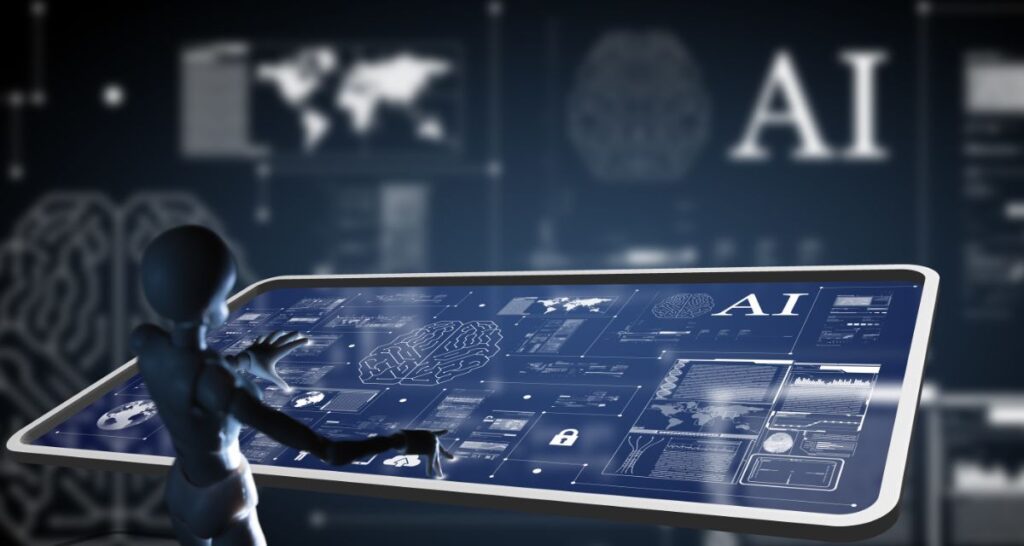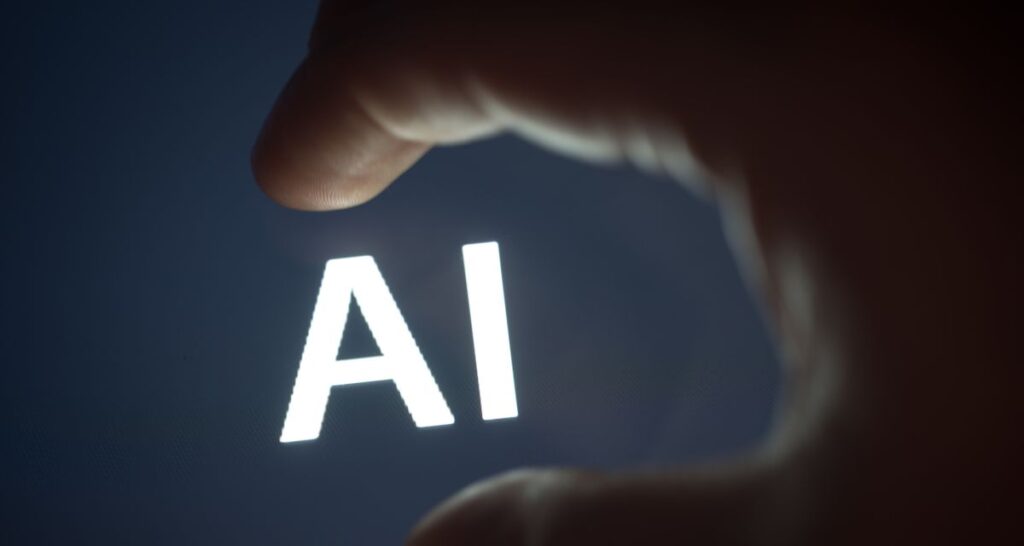Artificial intelligence and advanced data analytics represent a new frontier poised to revolutionize nearly every facet of athletics. As machine learning algorithms, computer vision, predictive analytics, and other AI capabilities rapidly evolve, sports teams and organizations are eagerly implementing these technologies across their operations.
While still early days, the breadth of transformative applications focused on optimizing performance, safety, strategy, officiating, fan engagement, and more continues to expand. There is no doubt about it – AI is transforming sports in the 21st century.
The AI Sports Revolution
AI refers to computer systems capable of replicating human cognitive abilities like visual perception, speech recognition, and complex decision-making. Major subsets of artificial intelligence relevant to sports include:
- Machine Learning – Algorithms that independently improve through data analysis without programming.
- Computer Vision – Processing images and video much like human eyesight. Enables tracking motion.
- Natural Language Processing – Allows fluent comprehension and generation of human language.
- Predictive Analytics – Statistical models forecasting future outcomes based on current and historical data.
When combined with the expanding volumes of sports data available today, these AI capabilities enable groundbreaking insights and applications exceeding human limitations. AI is transforming sports across the board.
Current Applications of How AI is Changing Sports

Sports organizations are eagerly implementing AI technologies across nearly all aspects of their operations:
- Injury Prevention – Analyzing biomechanics, workloads, and medical data enables customized training regimens to reduce injury risk.
- Scouting and Recruitment – Computer vision talent evaluation from video and performance data enhances the identification of strengths, weaknesses, play style, and potential fit.
- Game Strategy – Analytics models based on situational probabilities optimize play calling, substitutions, clock management, and other in-game decision-making.
- Officiating – “Hawkeye” and other tracking techs facilitate near-instant review of close calls and routine automated officiating.
- Fan Engagement – Machine learning builds personalized experiences via automated highlight reels, predictive wagering, and interactive AI chatbots.
- Equipment Design – Generative design AI allows rapid prototyping of optimized equipment tailored to players’ bodies and tendencies.
And this just scratches the surface of how AI is transforming competitive play, training, safety, and the fan experience.
The Exciting Future Possibilities of AI in Sports
Looking ahead, experts predict even more transformative sports applications of AI on the horizon:
Hyper-realistic simulated training environments generated by AI and VR/AR that recreate tailored game situations to develop skills safely.
Remote real-time monitoring of athletes’ physiology via wearables and sensors to manage workloads, fitness, and fatigue levels, and customize training.
Computer vision and sensors overtaking most officiating duties currently performed by error-prone humans for consistent, accurate calls.
Advanced analytics directly influence real-time coaching decisions related to substitutions, and play calling based on situational probability models.
Fully individualized training programs optimized by AI modeling each athlete’s fitness levels, injury risks, psychology, and biomechanics for peak performance.
Immersive broadcast experiences blend augmented reality, data visualizations, and graphics informed by live predictive analytics.
Essentially, AI promises to transform how humans compete, train, play, officiate, spectate, and engage with sports at the most fundamental levels.

Reimagining Talent Evaluation and Recruitment through AI
Computer vision analysis of video and performance data will allow scouts to dissect the strengths, weaknesses, mechanics, and play style of prospects at far larger scales to streamline the identification of talent across youth, amateur, college, and professional levels globally.
Optimizing Strategies and Decisions with Predictive Analytics
Probability and outcome modeling based on situational data will enable coaches to make optimized determinations related to substitutions, play calling, clock management, matchups, and more to capitalize on the highest probability scenarios.
Preventing Injuries with Personalized AI Monitoring
Tracking individual biomarkers like workload, hydration, rest, and biomechanics via sensors and wearables will allow staff to customize training, recovery, and load management for injury prevention.
Refining Skills through Adaptive Simulated Training
AI-powered simulated training environments will allow athletes to develop skills faster by practicing tailored game situations at scale without risk of injury or requiring others.
Modernizing Equipment Design through Generative AI
Generative design algorithms exploring millions of shape, material, and structure permutations will enable rapid prototyping of optimized equipment tailored to individuals’ bodies, positions, and preferences.
Enhancing Officiating with Computer Vision Tracking

Sports will rely increasingly on computer vision and sensors to call balls in/out, detect pucks crossing goal lines, and automate other officiating duties with total accuracy exceeding error-prone humans.
Conclusion
From talent identification to injury prevention, strategy optimization to officiating, training techniques to fan engagement, AI is clearly transforming competitive play, safety, spectating, and the business operations of sports at large.
While care must be taken to implement ethically, thoughtfully applied artificial intelligence technologies promise to push the capabilities of athletes and ultimately redefine the limits of human performance in the 21st century and beyond. AI is at the heart of the next era of athletics.
Frequently Asked Questions About How AI is Transforming Sports
Q: Will AI replace human coaches and staff entirely?
A: Unlikely. AI will augment coaches’ capabilities but nuanced oversight is still crucial. A collaboration is ideal.
Which sports are currently using AI the most?
A: Baseball, basketball, soccer, tennis, and football are front-runners but adoption is accelerating across most major sports.
Q: Can AI help prevent common sports injuries?
A: Yes, personalized biomechanics and workload monitoring enable optimizing training loads to reduce injury risk.
Q: Will AI officials and umpires take over all officiating duties?
A: A hybrid approach is likely best. Some human oversight maintains accountability.
Q: Does AI make sports more competitive overall?
A: Yes, optimizing nearly all elements of training, strategy, talent identification, and safety pushes performance limits upward.




